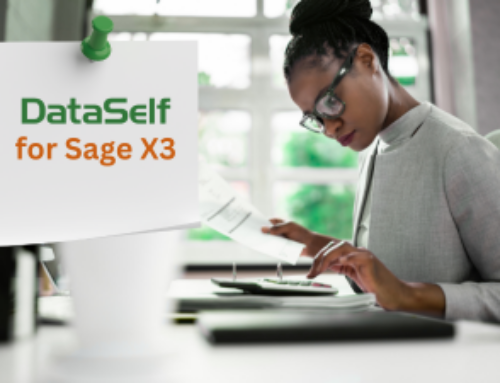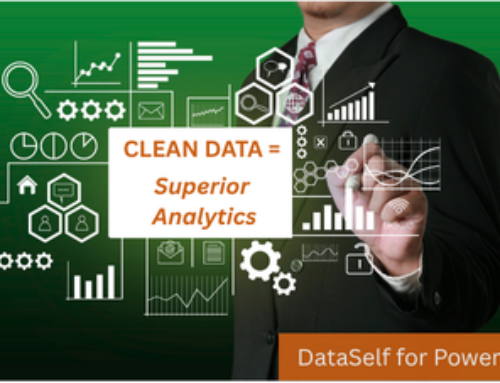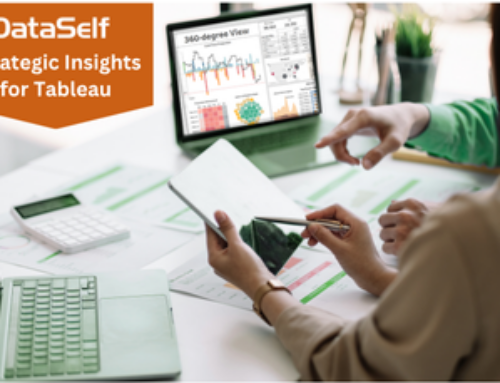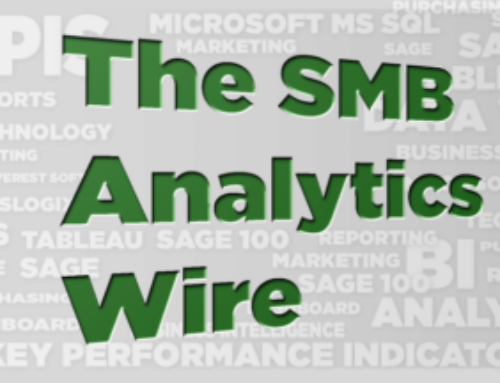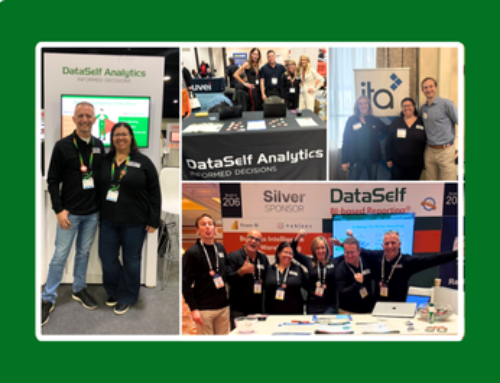As our global landscape continues to change in often dramatic ways, many organizations find themselves considering new, modern systems to replace their legacy ERP. The migration to new systems comes with an incredible amount of advantages, but it can also present some challenges. With the right tools and support, however, companies can move from their legacy systems to new ones confidently and accurately.
One of the challenges is converting the legacy data to the new system. Because data conversion between systems is time-consuming, it’s common to convert only the minimum data sets required to get the new system going, such as charts of accounts and their balances by period, customers, products, vendors, AP and AR open balances—but detailed historical transaction history is not migrated.
What many organizations realize later is how painful it is to run a business without easy and instant access to historical data left behind in the legacy system. What if one needs to analyze historical GL transactions, sales, inventory, or project history?
The following are the three most common ways to handle such situations:
Method 1: Leaving the company’s legacy system operating for as long as necessary so they can run reports as they always have—in other words, running reports from (at least) two different systems.
Method 2: Moving a copy of the historical transaction tables from the old system to the new system’s database, thus mitigating the need to keep the old systems live. This allows users to run reports with legacy or live data within the new system. Common downsides are the cost to move the legacy data, many times only partial history is moved over, and the legacy data might reside on their own separate tables (users will have to export both data sets and then blend them outside of the system). This process can become time-consuming and error-prone.
Method 3: Using data warehousing to blend the legacy historical transactions with the new system’s live data. The legacy transaction history, such as GL posting and sales is imported, normalized, and conformed to match the new ERP’s data structures, and then blended with the equivalent live table. For instance, the data warehouse sales detail table contains the live data blended with the legacy data frozen at its bottom. Then reporting live and historical data becomes transparent, seamless, and fast.
A necessary (and big) decision about leveraging data warehousing is choosing between building one from scratch (DIY) and using off-the-shelf solutions. The DIY approach tends to reduce the software license cost, but increases the time, needed expertise, and labor involved in deploying and maintaining the data warehouse. The off-the-shelf approach is the opposite. We recommend evaluating off-the-shelf options that include a well-developed data warehouse as well as a reporting and analytics layer that easily connects and complements your new system.
Take, for example, Teknikor Contracting, Inc. who, during massive growth, needed to move 13 years of historical data into a new system as seamlessly as possible while also being able to pull the data into an integrated BI solution and create custom reports and dashboards. “DataSelf gave us the ability to take historical data from an old system, combine it with data from a new system, and easily format it to give us the analysis tools we need specifically to grow our business,” says Peter Paindiris, President of Teknikor Contracting, Inc. You can read that success story here.
DataSelf is a leading option for the off-the-shelf approach. Since 2005, DataSelf has been developing and refining its data warehouse, reporting, and analytics layers for systems such as Acumatica, Infor, Google Analytics, HubSpot, Microsoft Dynamics, NetSuite, Sage, and Salesforce. Its solutions include a full-fledged MS SQL data warehouse and tools such as Tableau, Power BI, and Excel for reporting and analytics. The solution can be deployed as SaaS, on-premises, or hybrid. DataSelf has helped many organizations to consolidate their legacy data with their new ERP systems and, in this process, they have migration templates to expedite the legacy data blending so data migration is not the daunting task that it used to be.
